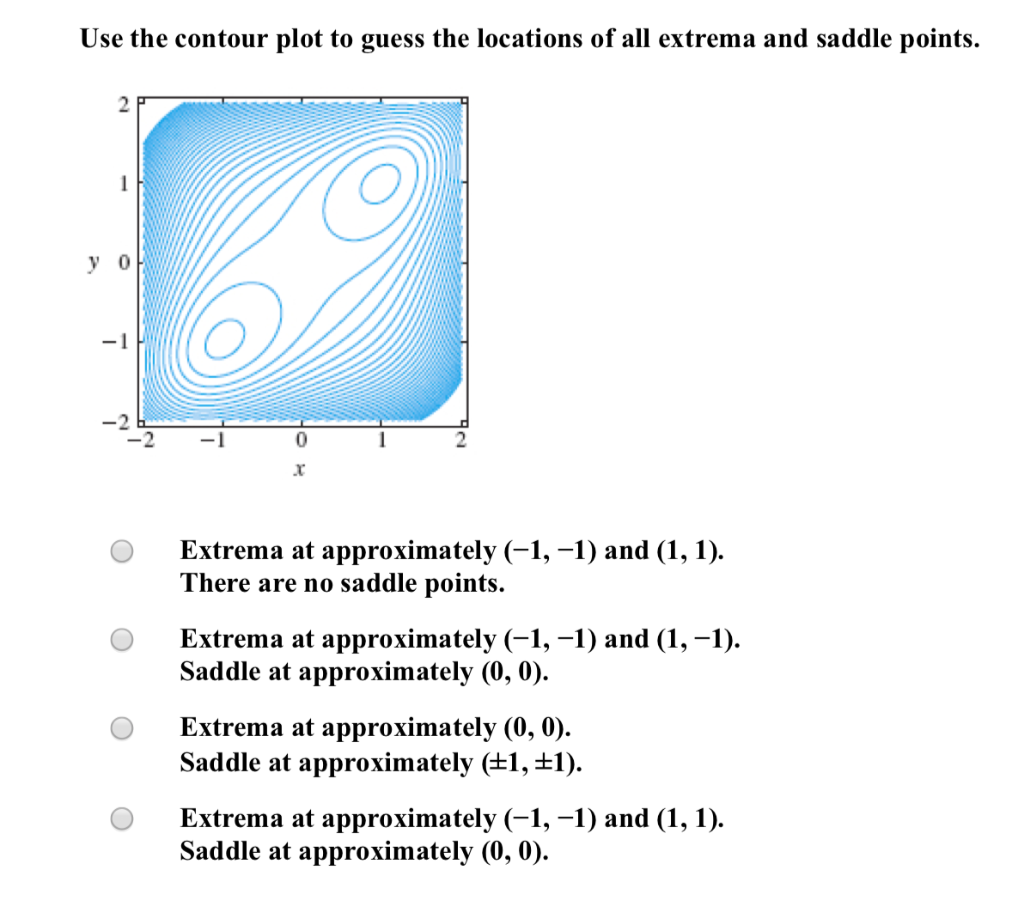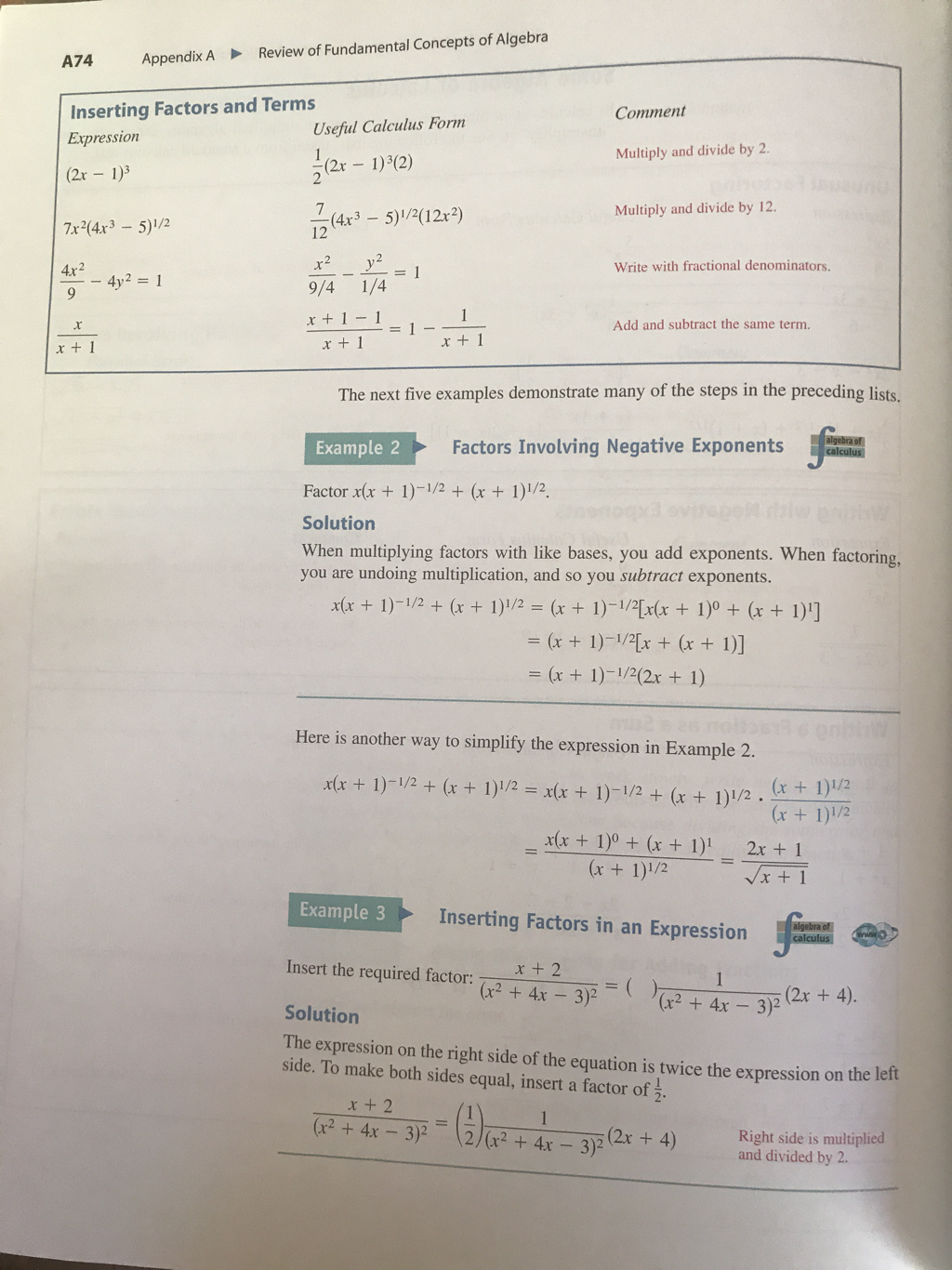

If you have a device with a defined tool width, it’s better to let the tool make the width of the mark/cut. Single-line (or stroke) fonts used to be possible in PostScript — the version of Courier shipped with early Apple LaserWriter printers was composed of strokes, rather than filled paths — but have fallen out of favour. This is a slight misuse of the OpenType format, but if you’re plotting/CNCing/laser cutting, the filled paths of standard fonts don’t work so well. Jones’s punched card index is all about punched cards.įollowing on from FifteenTwenty, I made a hairline/single stroke version of the font especially for CNC use. The site’s owner is part of the IBM 1401 Demo Lab and Restoration Project.

MISSING POINTS AT EXTREMA FONTFORGE CODE
IBM029-Field-Eng-Maint-Man-r.pdf – see page 59 for the code plate image.Norbert Landsteiner’s amazing Punched Card Typography Explained page describes how the code plate system worked, and has JavaScript animations showing how characters were decoded (entirely mechanically) from the plate.Either keep them more than one unit apart, or overlap them and merge the overlapping paths. FontForge really hates to have paths in a glyph just touching.The 029 card punch printer could be damaged if you tried to print binary cards, as there was no way to disengage the code plate from the punch mechanism.The 029 card punch could not produce any bold or italic font variants, but FontForge can, so I did. No attempt has been made to use historical BCD/EBCDIC encodings in these fonts. This font set is intended to help with the visually accurate reproduction of 1960s-era punched cards, mostly coinciding with my interest in the FORTRAN programming language. While there may have been official IBM renditions of some of these additional glyphs (with the exception of euro) no attempt has been made to research the original shapes. all of ASCII, with lower case characters repeating the upper case glyphs.

The character set was extended to include: The 029 code plate did not include this character, but I added it here for completeness. The earlier IBM Type 26 Card Punch (“026”) included a glyph for a square lozenge (Unicode U+2311, ⌑). No attempt to research the pin matrix pitch or pin diameter has been made: the spacing was eyeballed from a couple of punched cards in my collection. The 029 could have many different code plates, but the one used here contained the characters: character glyphs have been sized such that if printed at 12 points, the 029’s character pitch of 0.087″ is accurately reproduced. 029 Code Plate 029 Code Key Historical Accuracy
MISSING POINTS AT EXTREMA FONTFORGE MANUAL
A picture of this plate from a field engineering manual was used to re-create the pin matrices, and thus an outline font. The 029 (as it is sometimes known) generated a bitmap font from an engraved metal plate pressing on a matrix of pins. Top of punched cards by the IBM Type 29 Card Punch (1965). A fairly accurate rendition of the 5Ã-7 dot matrix font printed at the


 0 kommentar(er)
0 kommentar(er)
